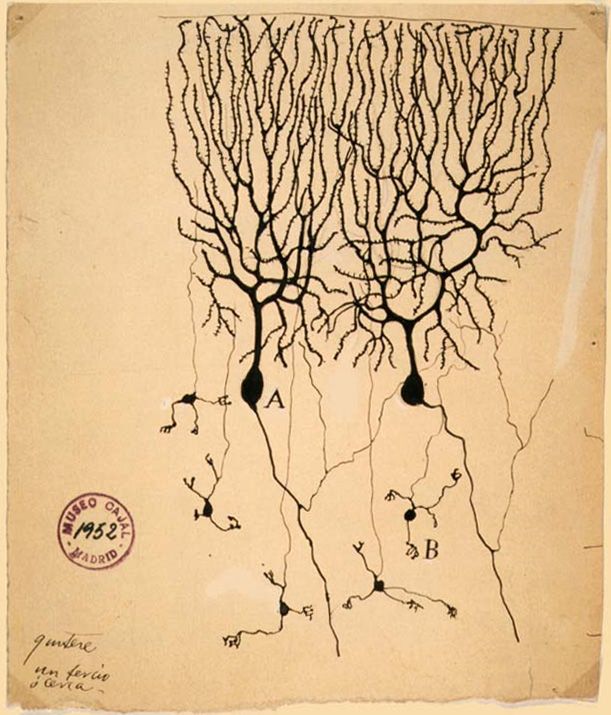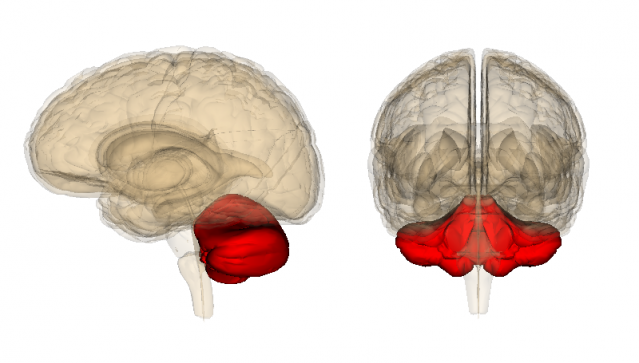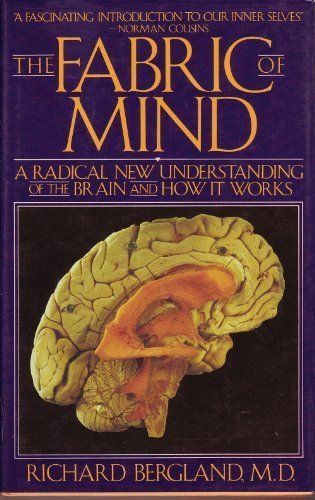Neuroscience
Purkinje Cells Burst to Life with State-Dependent Excitation
Purkinje neurons toggle between a silent "down" state and a bursting "up" state.
Posted October 3, 2015

A new study by researchers in India has discovered that Purkinje cells in the cerebellum toggle between a silent "down" state and a bursting "up" state. The September 2015 study, “AMPA Receptor Mediated Synaptic Excitation Drives State-Dependent Bursting in Purkinje Neurons of Zebrafish Larvae,” was published in eLife.
Using a revolutionary technique, Mohini Sengupta and Vatsala Thirumalai, from the National Centre for Biological Sciences (NCBS) in Bangalore, found that Purkinje cells send out electrical signals in two different modes depending on the voltage at their cell surfaces.

The first mode, called the "down" state, occurred when the inside of the cell was more negative compared to the outside. In this state, cells were silent until signals from a different part of the brain arrived, at which time, they sent out a burst of impulses.
In the second mode, called the "up" state, the inside of the cell was less negative compared to the outside and Purkinje cells sent out bursting impulses at a constant rate. In this mode, these cells ignored any impulses coming from other parts of the brain.
The team at NCBS conducted their research on young zebrafish which are transparent because they haven't yet developed a skull. The researchers were able to make specific Purkinje cells in these fish glow by injecting DNA into them.
"Whatever the Cerebellum Is Doing, It's Doing a Lot of It."

The cerebellum (Latin for "little brain") was identified by Leonardo da Vinci in 1504 when he made wax castings of the human brain. Traditionally, the cerebellum is considered to be the seat of balance, proprioception, and the fine-tuning of motor skills such as serving a tennis ball, riding a bicycle, or playing the piano.
My father, Richard M. Bergland, was a neurosurgeon, neuroscientist, nationally ranked tennis player, and author of The Fabric of Mind (Viking). My dad was obsessed with Purkinje cells and the cerebellum. He passed this obsession on to me.
Since the beginning, The Athlete's Way (St. Martin's Press) has been built around a split-brain model my father and I created called "up brain-down brain" that seats the executive function of sports in the cerebrum (Latin for "brain"), and the automatic skills, and muscle memory of performance in the cerebellum. On p. 12, I write:
My dad has always been fascinated with the Purkinje cells of the cerebellum, and their ability to hold muscle memory. When I was a kid playing tennis every day, his words echoed in my mind. "Carve the grooves into the cerebellum, Chris. Think about hammering and forging your muscle memory with every stroke."

The cerebellum is only 10% of brain volume but holds over 50% of the brain's total neurons. Based on this fact, my father would say, "We don't know exactly what the cerebellum is doing, but whatever it's doing, it's doing a lot of it."
In recent years, studies have found that the cerebellum may play a central role in cognitive function and creativity. Abnormalities in the cerebellum and Purkinje neurons have also recently been linked to autism spectrum disorders (ASD).
The latest findings from NCBS indicate that Purkinje cells receive a copy of the instructions sent to muscles and then generate a burst of impulses in response. The researchers believe that the existence of the 'up' and 'down' states is a mechanism that allows Purkinje cells to 'choose' whether to listen in on such instructions or to ignore them.
Conclusion: Purkinje Cells and the Cerebellum Deserve the Spotlight
I believe that Purkinje cells and the cerebellum have been underestimated by the mainstream for too long. As a neuroscientist, my father was a visionary who grew frustrated with the limitations of brain imaging technology to prove his radical ideas and hypotheses about Purkinje cells and the cerebellum in his laboratory. This is one reason that I was excited to read about the NCBS study yesterday and to share their findings with you here.
The cerebellum and Purkinje cells remain enigmatic. It's important that researchers continue to receive funding to develop better brain imaging methods and experiments that will advance our understanding of Purkinje neurons and the cerebellum in the future.
If you'd like to read more on Purkinje cells and the cerebellum, check out my previous Psychology Today blog posts or free excerpts from The Athlete's Way,
- "How Are Purkinje Cells in the Cerebellum Linked to Autism?"
- "Autism, Purkinje Cells, and the Cerebellum Are Intertwined"
- "More Research Links Autism and the Cerebellum"
- "How Does Practive Hardwire Long-Term Muscle Memory?"
- "The Neuroscience of Knowing Without Knowing"
- "No. 1 Reason Practice Makes Perfect"
- "The Wacky Neuroscience of Forgetting How to Ride a Bicycle"
- "Want to Improve Your Cognitive Abilities? Go Climb a Tree!"
- "The Neuroscience of Madonna's Enduring Success"
- "How Does Your Cerebellum Counter 'Paralysis by Analysis'?"
- "Neuroscientists Discover How Practice Makes Perfect"
- "Why Does Overthinking Cause Athletes to Choke?"
- "The Cerebellum Deeply Influences Our Thoughts and Emotions"
- "The Neuroscience of Calming a Baby"
- "Why Does Overthinking Sabotage the Creative Process?"
- "The Cerebellum May Be the Seat of Creativity"
- "The Neuroscience of Imagination"
- "Is Cerebellum Size Linked to Human Intelligence?"
- "Superfluidity: Decoding the Enigma of Cognitive Flexibility"
© 2015 Christopher Bergland. All rights reserved.
Follow me on Twitter @ckbergland for updates on The Athlete’s Way blog posts.
The Athlete’s Way ® is a registered trademark of Christopher Bergland.




